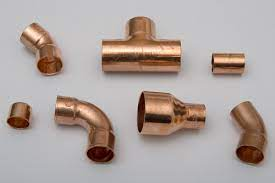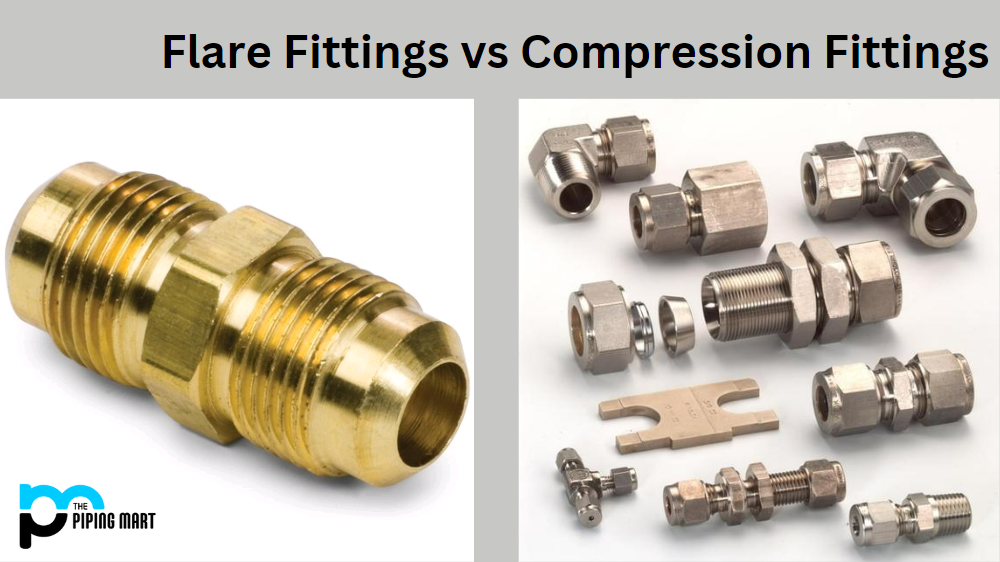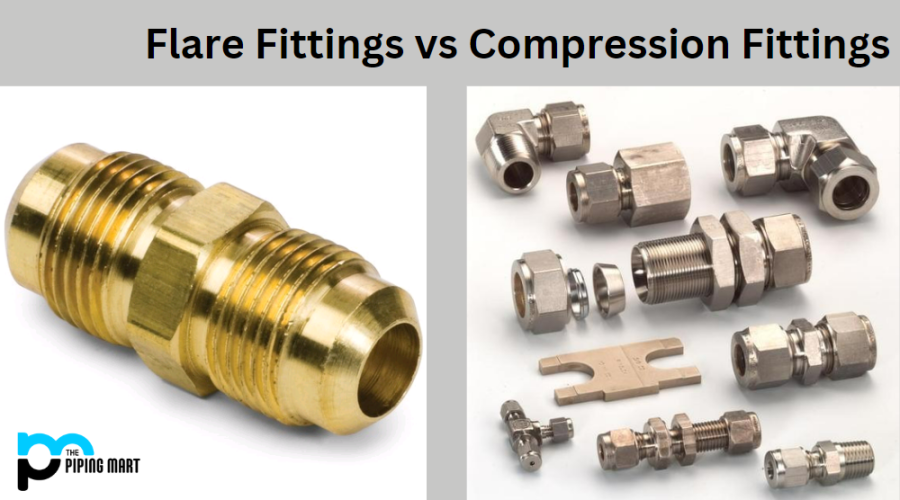There are plenty of advantages in choosing copper piping. This material offers built-in anti-bacterial properties that make it the ideal choice for a range of applications, from delivering drinking water to homes and workplaces, through to being used in refrigeration and ventilation systems. It also provides a durable, long lasting fluid delivery method that is resistant to corrosion, and needs little maintenance.
Indeed, there is plenty to celebrate about copper, as shown at. However, getting the right result from your copper pipes means choosing the right joining technique.

A Look At Copper Pipe Fittings And Joins
When it comes to selecting the best fittings or joins for your piping system, you will first need to establish whether you are working with soft copper or rigid copper. Also commonly known as ductile copper, soft copper is the more flexible option, and can be bent with ease. This makes it a good choice for systems where the piping needs to travel around an obstacle, such as in refrigeration lines in air conditioner units, or in heating systems.
Rigid copper, in comparison, is typically used for water delivery, and an elbow joint must be used for overcoming obstacles or bends. You can learn more about the right choice of fittings at specialist sites such as watkinspowis.co.uk/products/copper-pipe-fittings-and-press-systems/
The most commonly used connectors for copper piping are known as the flare connection, the sweat and solder connection, and the compression connection, in which mechanical force is used to make a secure connection. Copper pipe fittings used to make connections fall into three categories: fittings which make bends in the pipe, fittings which connect or create branches for the pipe, and miscellaneous fittings such as adaptors, couplings, and slip couplings. The choice of pipe fitting will be affected by whether the pipe is of ductile or rigid copper construction, in addition to the intended application.
Copper Pipe Fitting Products

You will discover a wide range of copper pipe joints and fittings available. These products range from elbow joins (which come with a choice of connecting two pipes at a 45° or 90° angle), pipe caps, pipe tees, pipe unions and pipe reducer couplings. There is an option for both male and female pipe adaptors, too, with IPS threads to ensure a secure join between two pipes of different types. This type of join will also need to be soldered in place.

